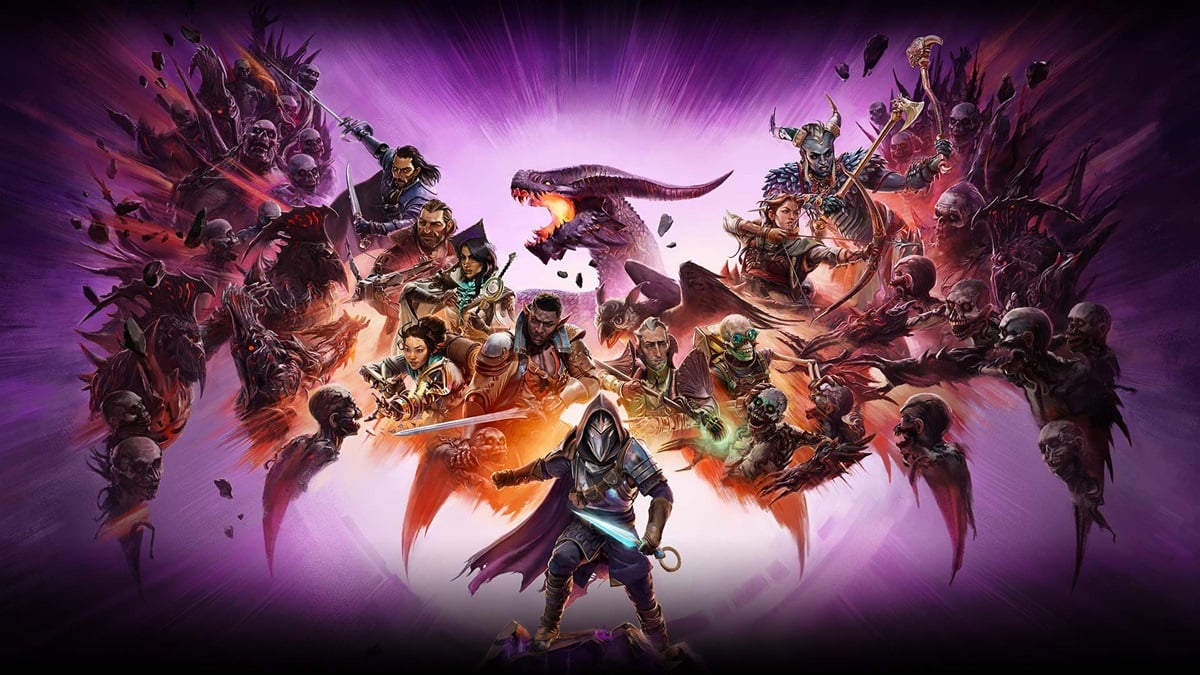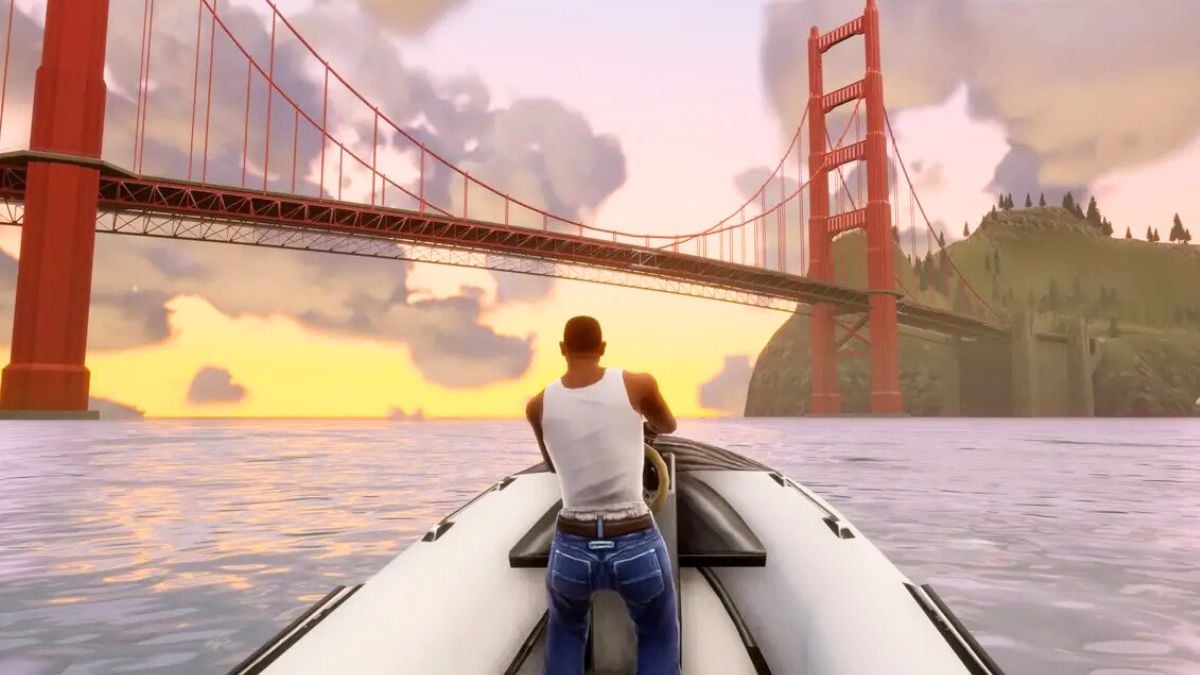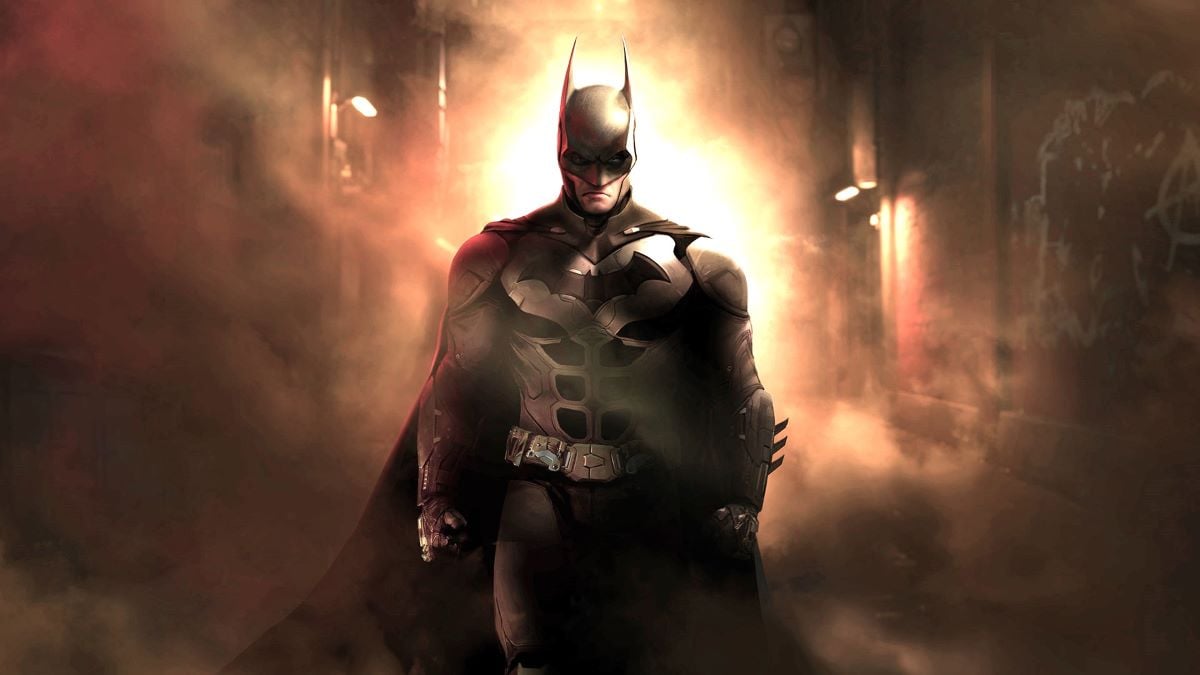
Last year, Crystal Dynamics and Square Enix combined to release one of the best games of the last generation. Said title was, of course, Tomb Raider, which marked an attempt by the companies to bring the formerly great series and its iconic heroine back to the forefront of gamers’ minds. As we all know, their decision to go back to the busty explorer’s roots and re-tell her origins story proved to be a good one, as it resulted in both acclaim and awards, including Game of the Year contention.
Now, close to a calendar year after its debut, the popular reboot is once again making waves, through the release of Tomb Raider: Definitive Edition for PlayStation 4 and Xbox One. Offering improved textures and previously released downloadable content, the package — which gamers can purchase through retail or digital distribution — is unfortunately coming under fire for negative reasons – namely its aggressive price tag. The other reason, as you’ve probably read, comes from those who like to spend hours debating which system is better, because it’s been said that the Xbox One version runs at a lower frame rate than its peer.
What will follow is a detailed review of the game. Please note that it is based on a copy of the Xbox One version, which we were provided with.
Like its predecessor, Tomb Raider: Definitive Edition starts off with a (narrated) bang. Young Lara Croft — who looks to be no more than nineteen or twenty — has joined a televised expedition, to help its team locate a long lost island, while filming a reality show. However, things don’t turn out as planned as a powerful storm lays waste to their seaward vessel, sending it and its passengers towards potential doom.

Thankfully, Lara and her team manage to make it to land, although not in comfortable fashion. Shipwrecked, stranded and uncertain of their surroundings, they’re left to their own devices in what quickly morphs from an idyllic environment to a treacherous landmass, full of deranged cultists that threaten the group’s survival.
Throughout its campaign, which promotes exploration and comes in at a slightly above-average run-time in comparison to its peers, this game puts Lara through the ringer. She’s bruised, beaten and attacked with regularity, and is forced to wade through environments full of human decomposition. It’s dark stuff, but remains action-centric, despite moments where stealth becomes a key asset.
In predictable fashion, progression requires agility and endurance. That’s because, in order to get from one point to another, Ms. Croft must climb, slide, jump, swim and utilize zip lines for large distances. Then, once she gets to her destination, through player assistance, she must use both her wits and any available cover items to get rid of enemy opposition. This is predominantly accomplished through gunplay, but sometimes dirty tricks, like dodging attacks and then stabbing foes in the leg, are required.
All of the above-mentioned gameplay scenarios and mechanics tie in wonderfully, creating a top notch and unforgettable experience. As such, Tomb Raider easily contends with Naughty Dog’s first two Uncharted games at the top of their respective genre. It truly is a phenomenal game, which should not be missed by fans of interactive cinema. Going further, it serves as a great example of video games as art, thanks to the reasons I’ve already noted, in addition to its great writing, voice acting and storytelling.

Although Tomb Raider: Definitive Edition comes bundled with the previous version’s DLC — including varied outfits, bonus content (art and a comic book) and an additional hidden tomb to explore — its main selling point is its next-gen polish and inclusion of TressFX technology. It doesn’t disappoint either, thanks to impressive visuals that show notable improvements in detail, textures, and colour clarity, as well as strands of hair that independently (and accurately) react to the elements. On top of that, there’s Lara, who’s received a facial makeover and looks very realistic most of the time, while showing off great emotional reach. However, there are, unfortunately, odd times where her face doesn’t show as well, plus very rare and brief frame rate hiccups, but they’re few and far between and don’t mar the experience. Still, no matter how great the core game looks or sounds, its mediocre-at-best multiplayer mode — which makes a return here — still looks dark and dated, despite slight upgrades.
Kinect also factors in, for those who are into that sort of thing. By moving left or right during certain scenes, one can use its gesture recognition to alter the shown camera angle, while menus can be opened and closed through voice commands. What’s kind of neat is that the same technique applies to weapon swapping, though it’s sometimes more of a pain in the ass than anything. If your speech isn’t incredibly clear, it may result in an undesired swap or the pause menu coming up. Furthermore, the microphone indicator, which signals whether the command was successful or not, tends to pop up on occasion, even when nothing is said.
With everything having been said, I find it impossible to recommend against purchasing this Tomb Raider: Definitive Edition release, unless you’ve either played the original version to death, or happen to not be a fan of this type of game. This is a great upgrade to one of the best games we’ve ever received and deserves to be both played and celebrated. If you’ve yet to do either of those things, then what are you waiting for? Get on it, my friend.
This review is based on the Xbox One version of the game, which we were provided with.







Published: Jan 27, 2014 05:58 pm